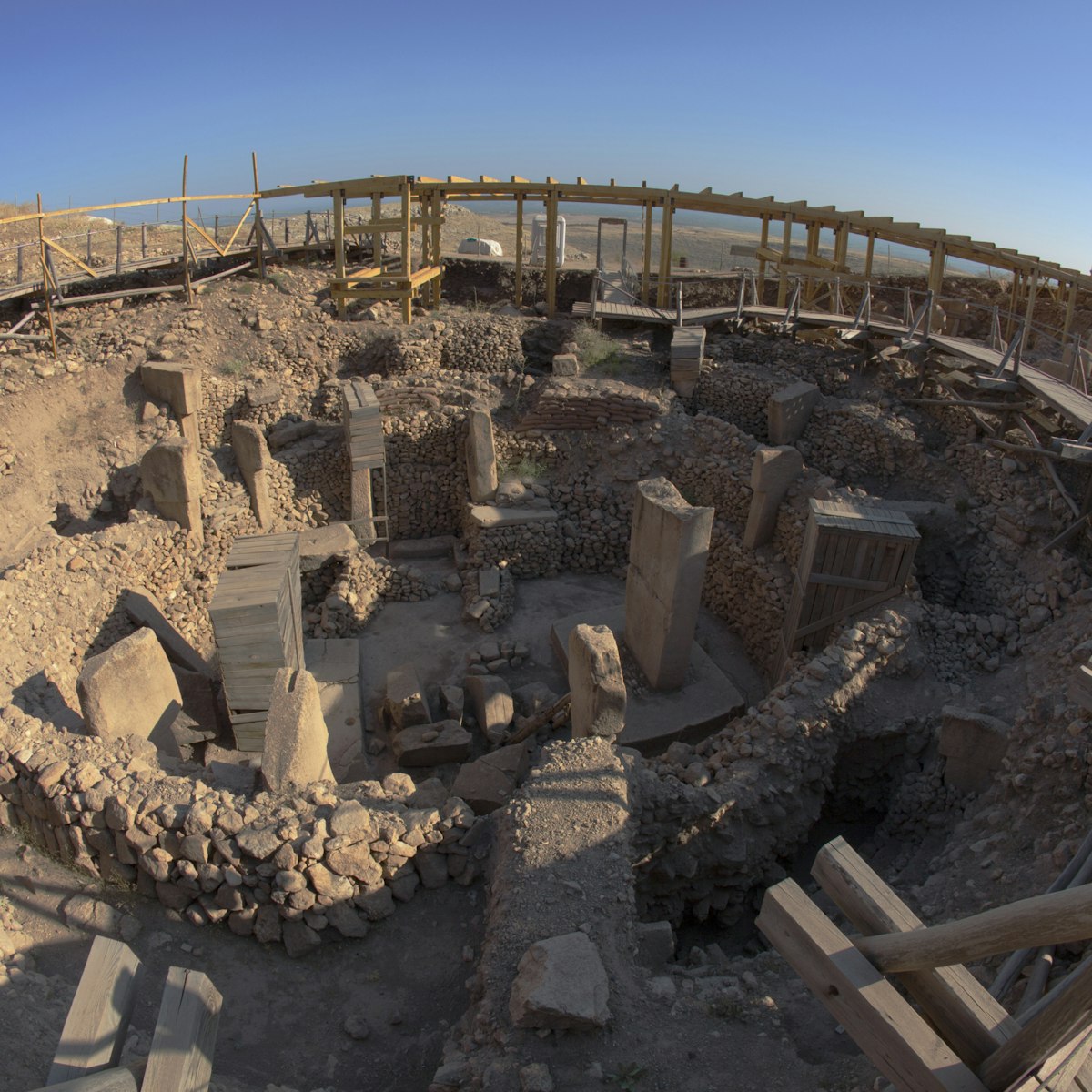About 18km north of Şuayb City, the isolated village of Soğmatar is very atmospheric and is home to the most interesting ruins in the area. Sacrifices were once made to the sun and moon gods here, whose effigies are carved into the side of the ledge. Like Harran, Soğmatar was a centre for the cult worship of Sin, the moon god, from about AD 150 to 200. This open-air altar was the main temple.
In a cave are 12 carved statues as well as Assyrian inscriptions. From the ruin's summit, remains of seven other temples on surrounding hills are evident.

